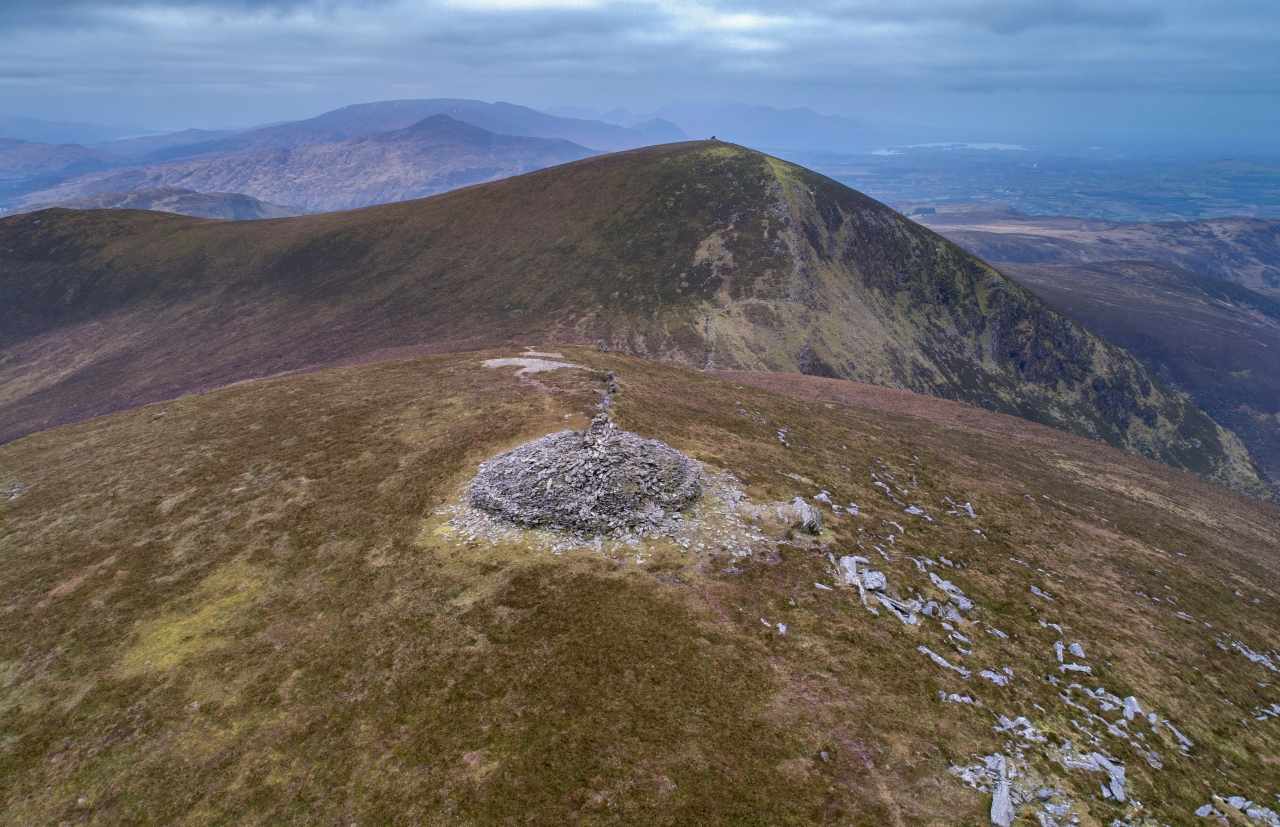News
Mahonias are incredibly hardy this time of year

By Debby Looney, gardening expert
One plant which is spectacular at this time of year is the Mahonia. Underused, in my opinion, it provides great winter cheer in the form of its bright yellow flowers.
The common name for Mahonia is the Oregon grape as its fruits look like small grapes. These blue/purple fruits are not toxic, though they are better left to the birds who adore them! The flowers, which are long racemes of vibrant yellow, are an absolute boon for any active bees and pollinators. On sunny winter days you can even catch a bumblebee performing the most amazing feats of hovering in order to get a meal.
Mahonias are evergreens, with large, spiny leaves. There are over 70 species, but the more common ones are Mahonia media, which can grow into a tall shrub with bright yellow flowers which are highly fragrant. Mahonia aquifolium flowers a bit later, in early spring. Mahonia repens is a softer leaved variety which remains low at about 40cm and is ideal for ground cover, especially in a shady area. One of my favourites is M. eurybracteata ‘Soft Caress’, which has soft, feathery foliage. This plant is ideal in borders, or, at this time of year, really lovely in pots.
Mahonias, though bushy, tend to send out large upright shoots which can make the plant suddenly seem very tall and bare. Cutting these shoots every second year will keep your shrub compact and dense as well as encourage flowering. One thing to mind though, when pruning, is to wear something old – when cut it oozes a bright yellow sap, coloured like turmeric, and is difficult to launder.
Under planting Mahonias is one way of showing them off, and plants such as hellebores, or winter flowering heathers, will provide a pleasing scene, as well as a buffet for any passing insects. Bergenias, evergreen ferns and brightly coloured grasses are also complimentary.
Viburnum davidii is another gorgeous plant for this time of year. It has long, leathery leaves which can reach up to 15cm in length. In the spring it has a fairly unremarkable white flower, which, again, provides a feast for pollinators when pickings are slim. Berries appear on female plants – and these are quite beautiful. Clusters of bright, metallic blue berries are what makes this plant worth having! The berries last for a good four months of the year, eventually being picked off by birds in late winter - though mine are usually picked off by myself for Christmas flower arrangements! These viburnums grow to about one metre in height, though you can clip them to stay lower. They are ideal as a companion plant to the Mahonia, but also provide interest among deciduous plants. They can also be used as a low hedge, or a ground cover plant, as they are naturally dome shaped, and require very little in the way of pruning.
Both Viburnums and Mahonias are incredibly hardy, and will tolerate most growing conditions.

























